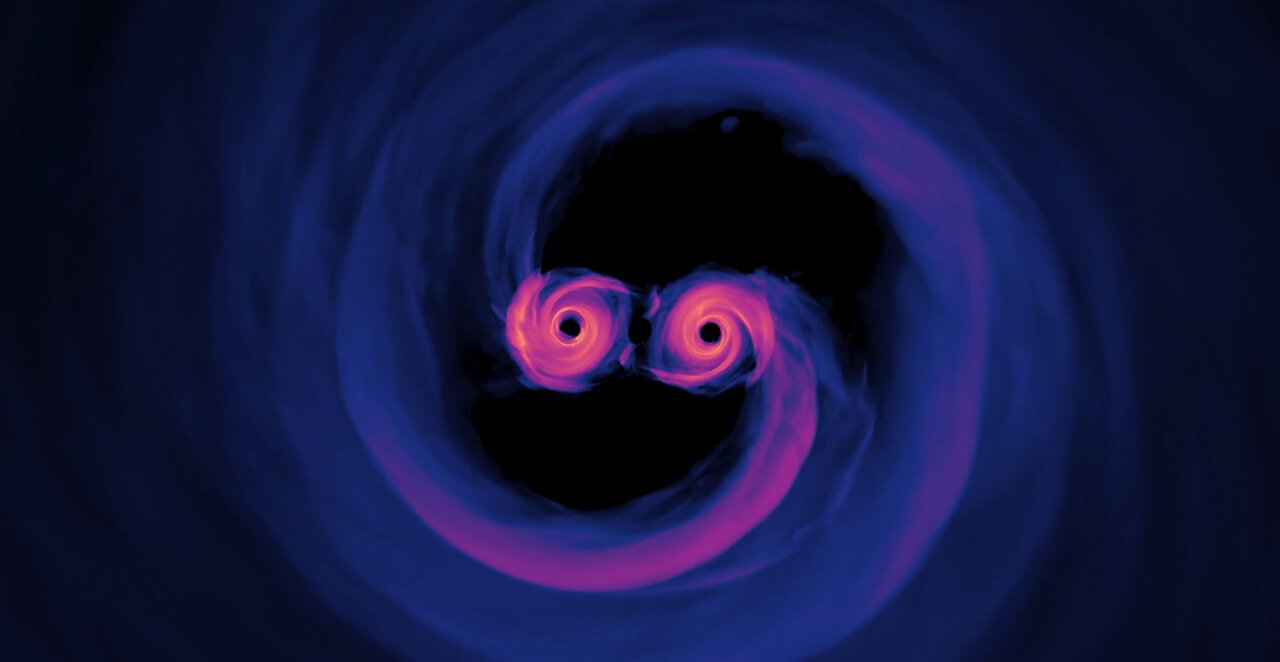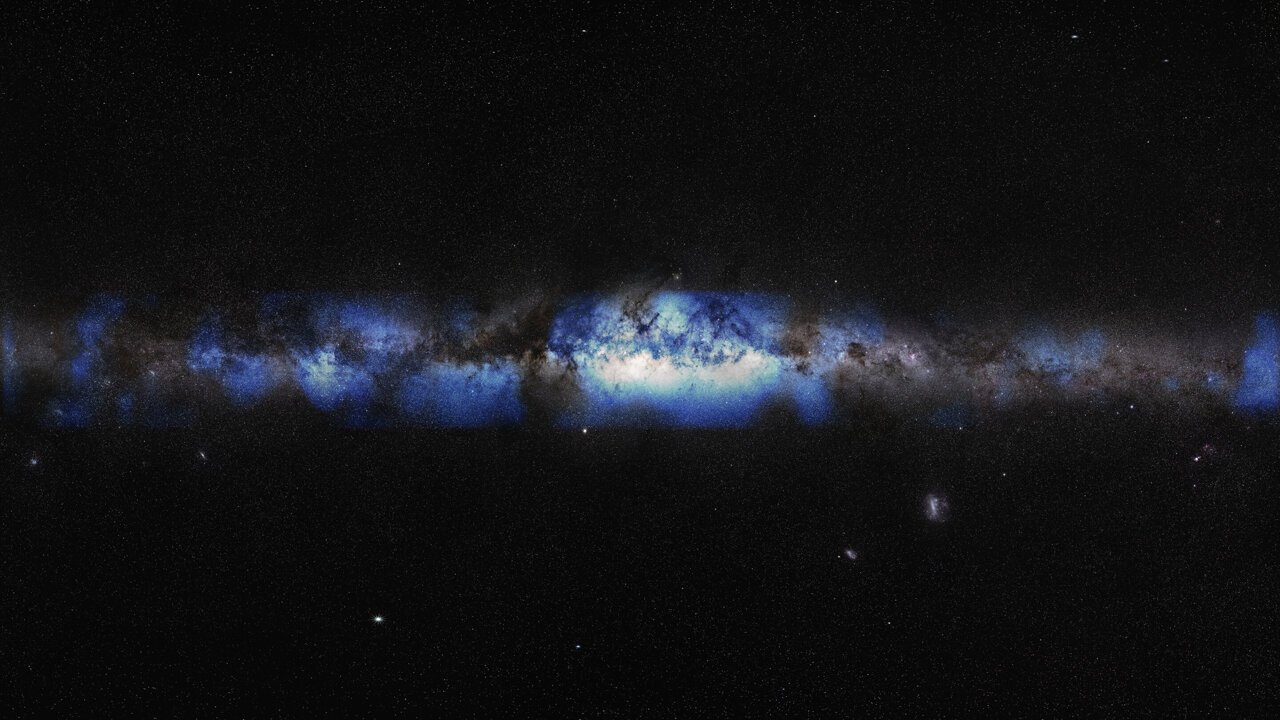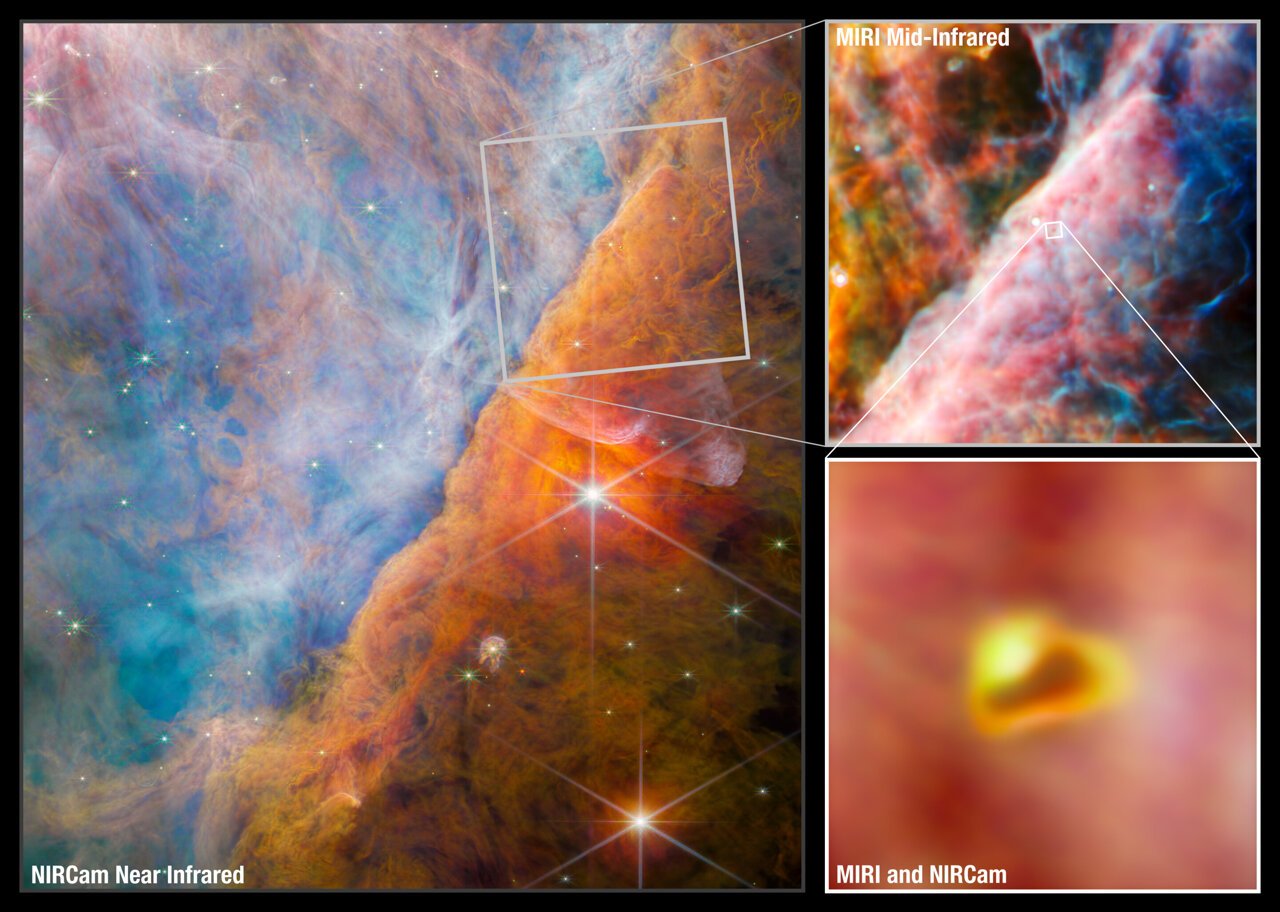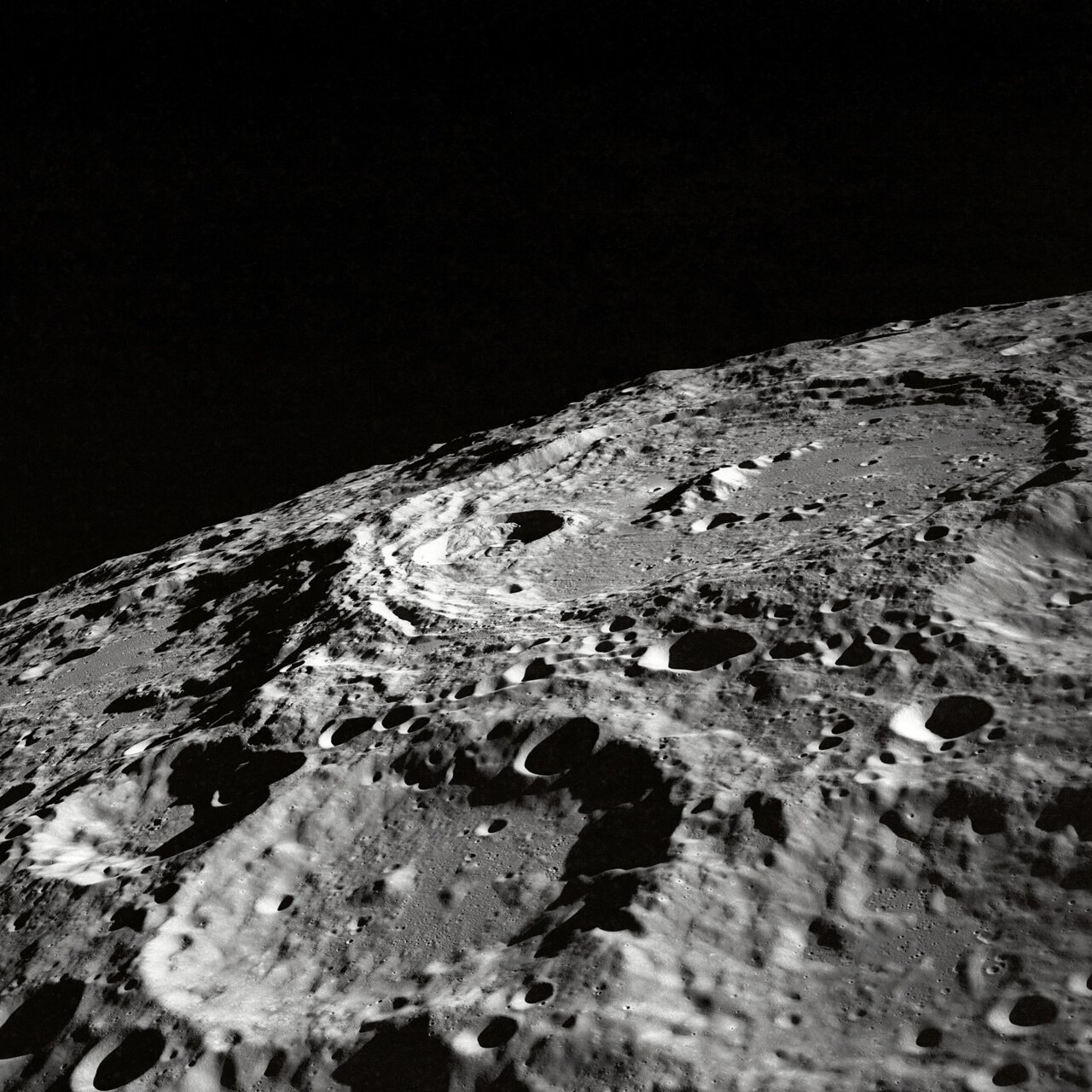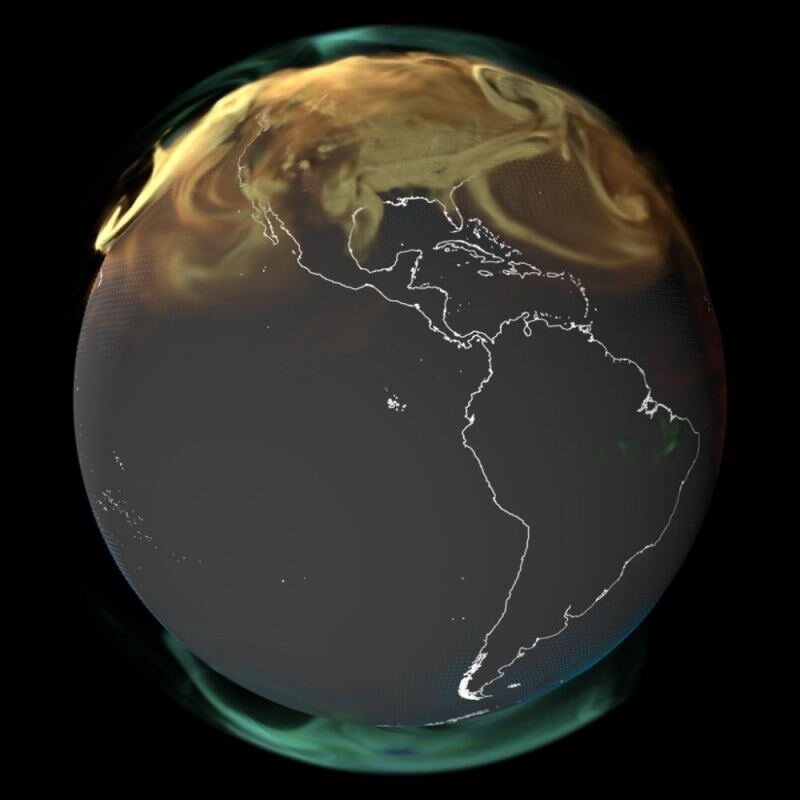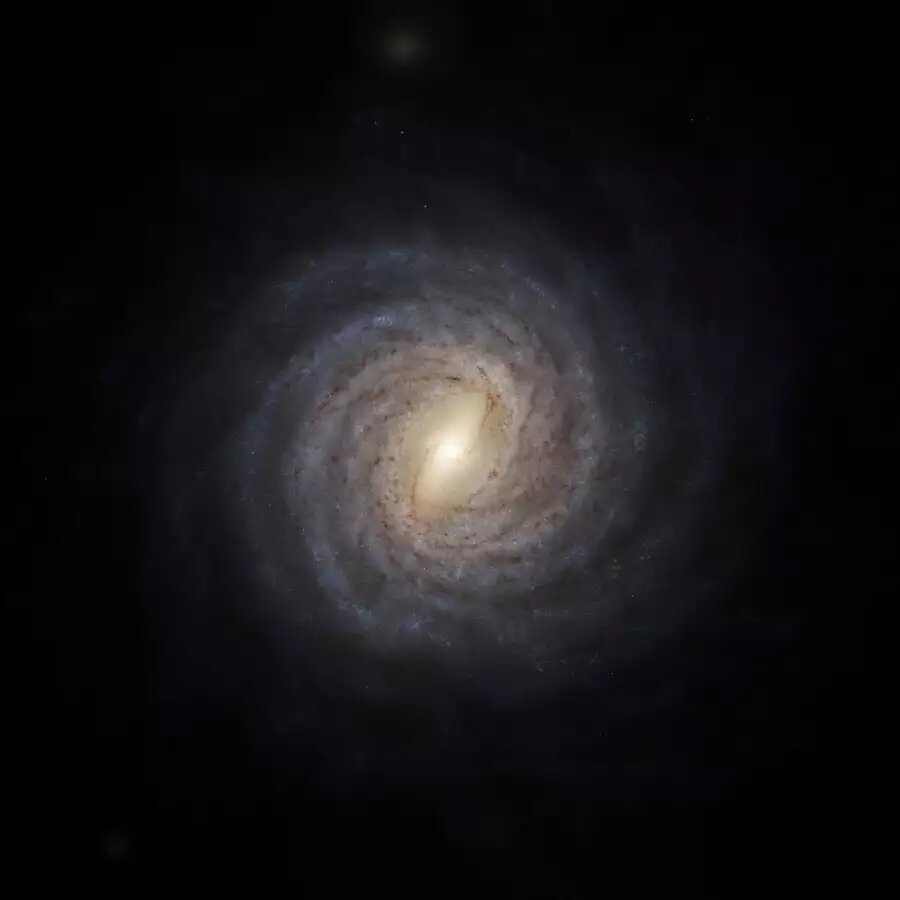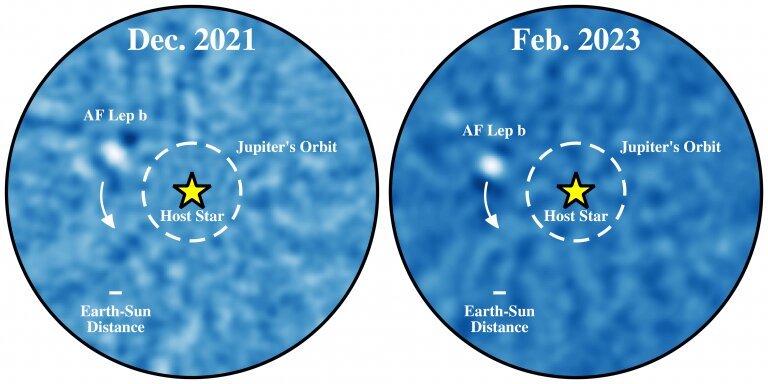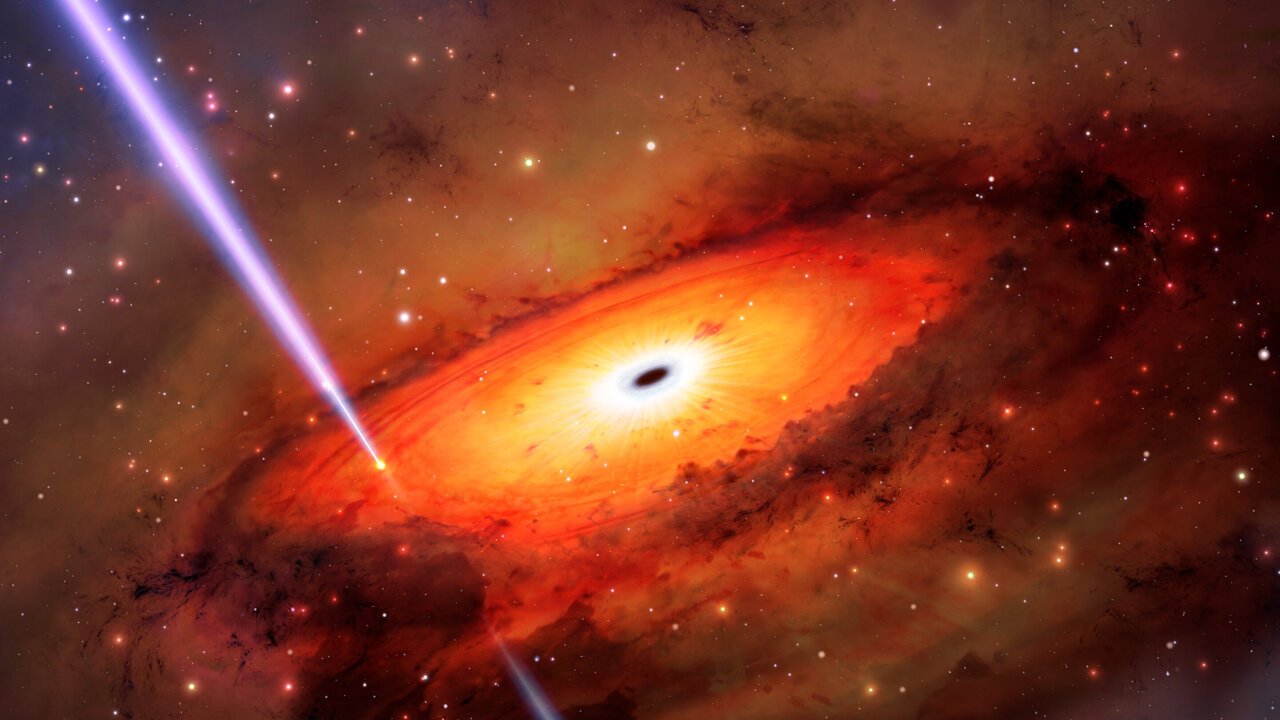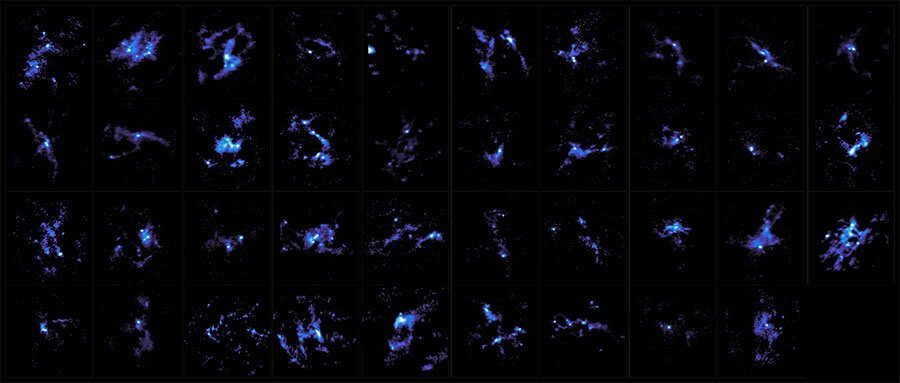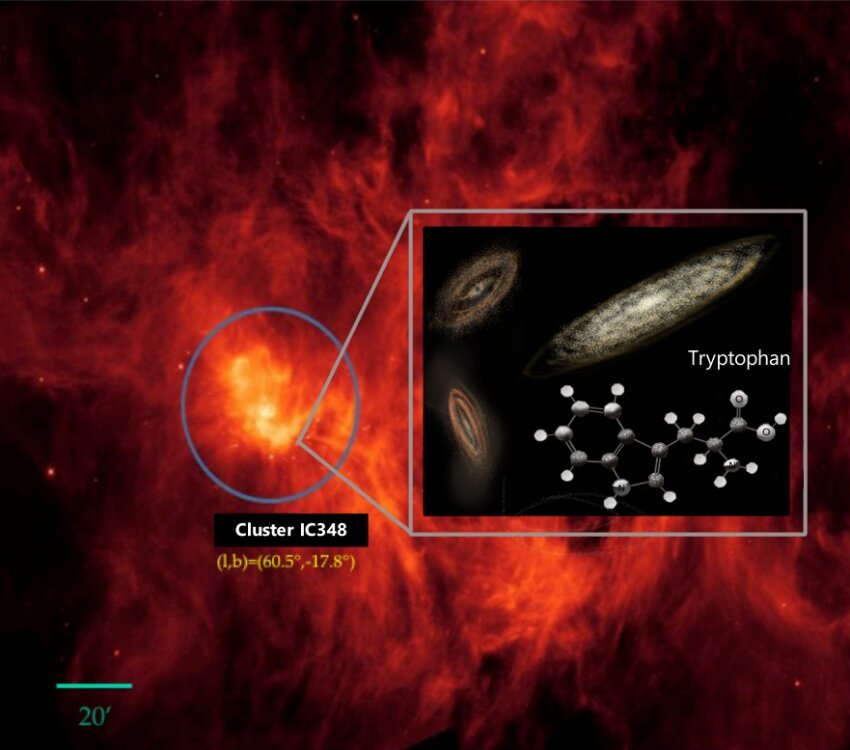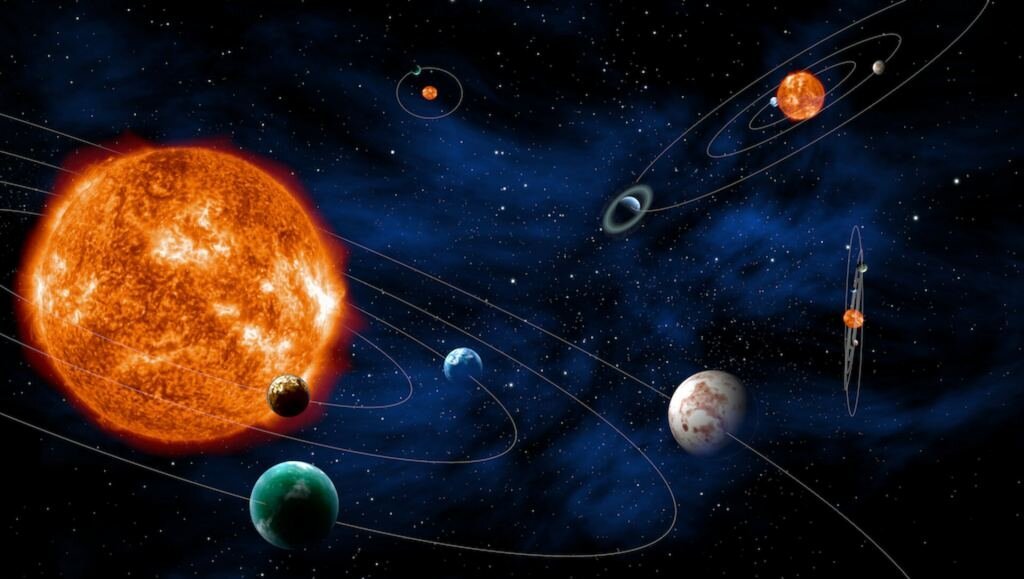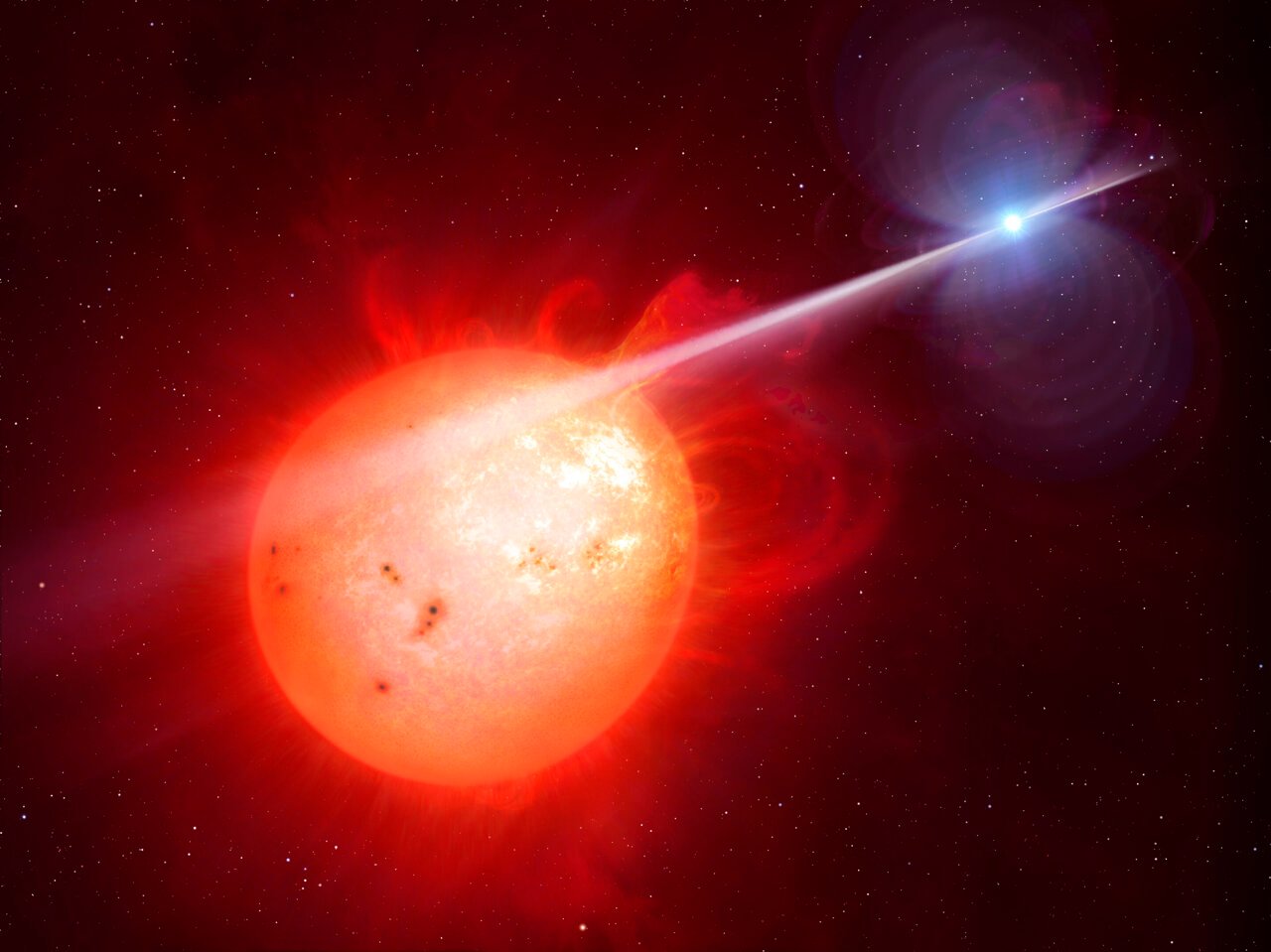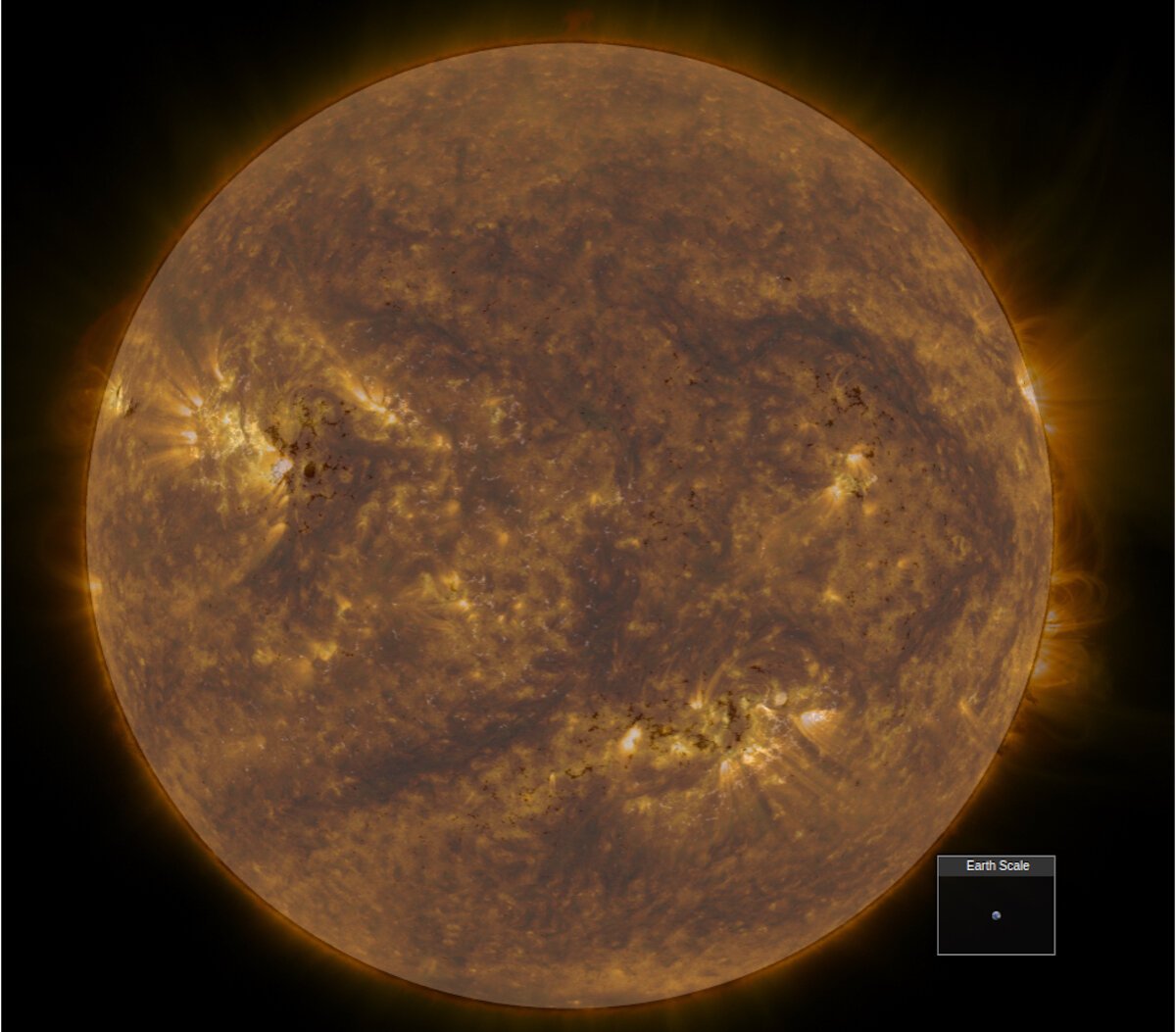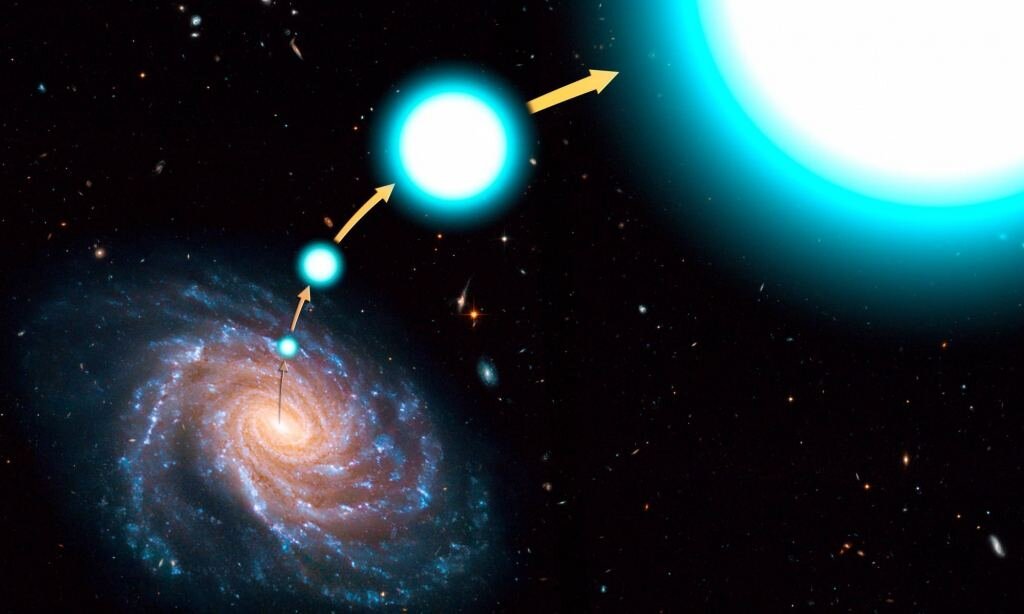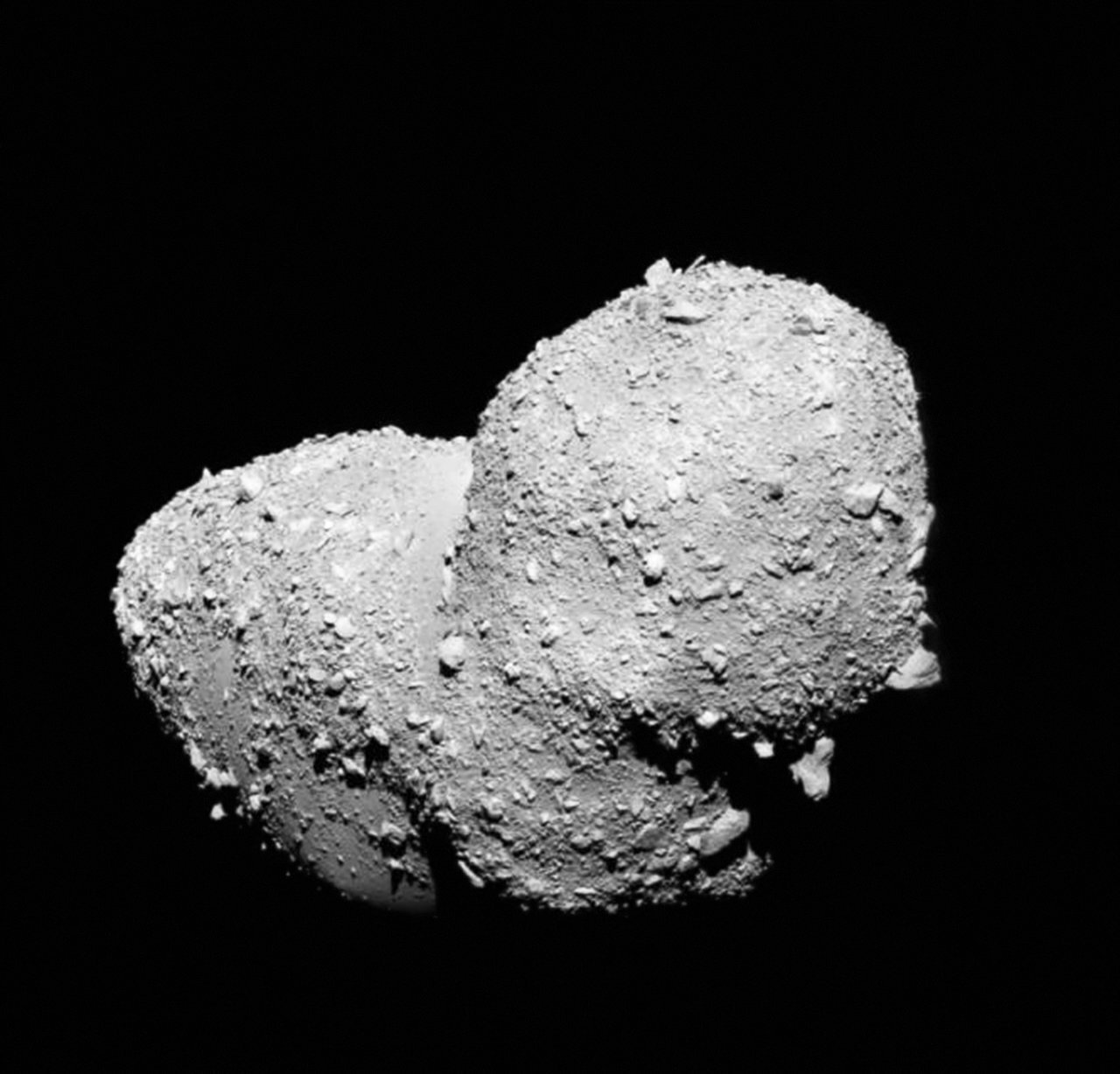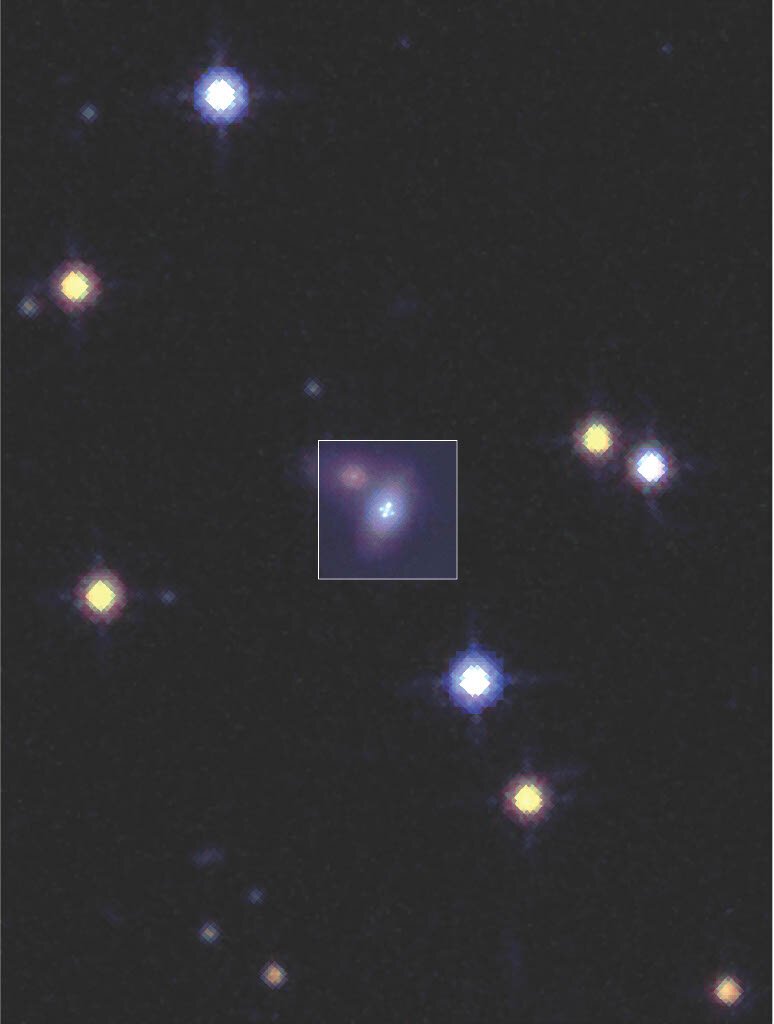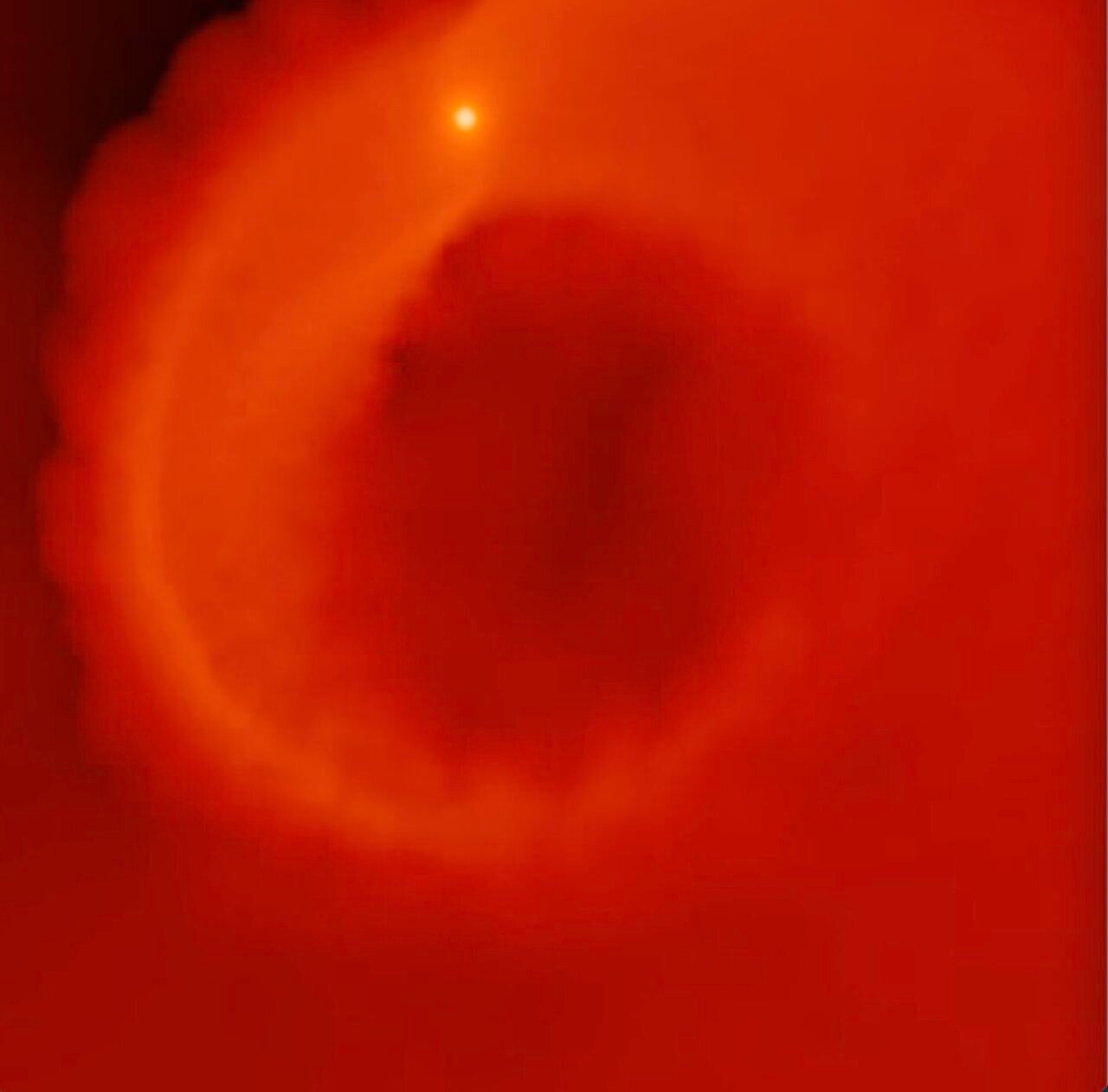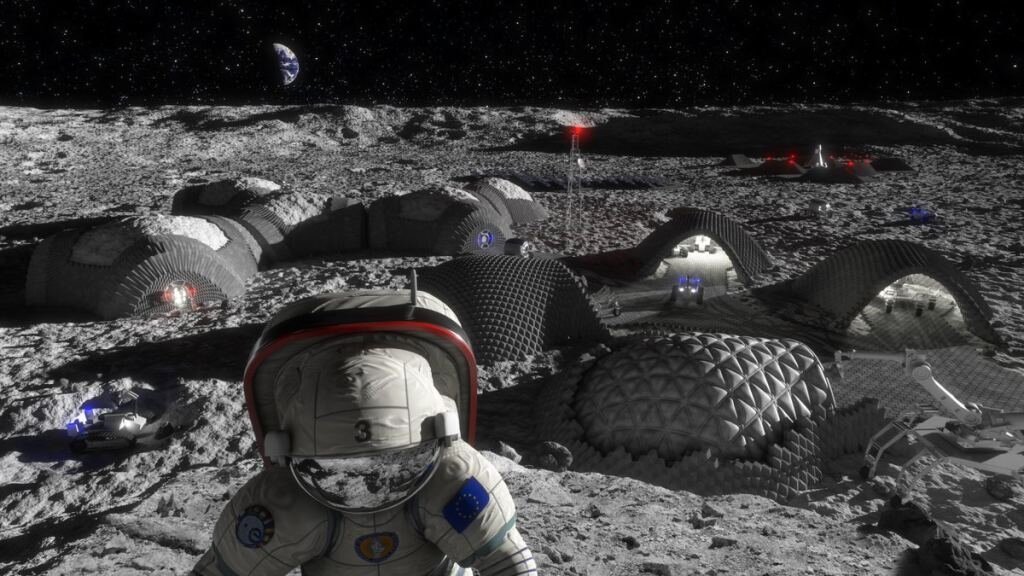The expansion of the universe has been a known phenomenon for about a century. However, determining the rate at which celestial objects are moving away from each other remains a topic of debate. Measuring the rate of cosmic expansion across vast distances is a challenging task. Over time, scientists have refined their measurements, but there […]
Neutrinos reveal hidden secrets of Milky Way
The Milky Way galaxy, a breathtaking sight in the night sky, can now be observed in a groundbreaking manner. The IceCube Neutrino Observatory has generated an image of the Milky Way using neutrinos, peculiar and elusive astronomical particles. An article set to be published in the esteemed journal Science unveils the IceCube Collaboration’s findings, which […]
Zhurong rover finds extremely weak magnetic fields on mars
A team of researchers led by Prof. Du Aimin from the Institute of Geology and Geophysics of the Chinese Academy of Sciences (IGGCAS) has made a significant discovery during the initial 1-kilometer journey of the Zhurong rover on Mars. Their findings, published in the journal Nature Astronomy on June 19, reveal the presence of extremely […]
James Webb Space Telescope detects crucial carbon compound in space
An international team of scientists has utilized NASA’s James Webb Space Telescope to make a groundbreaking finding in space. They have successfully detected a novel carbon compound called methyl cation (CH3+) for the first time. This significant discovery took place in a young star system named d203-506, situated approximately 1,350 light-years away within the Orion […]
Norwegian Geotechnical Institute uses CT scans to study lunar soils
Between 1967 and 1972, NASA embarked on a remarkable series of space missions to the moon, transporting back nearly 400 kilograms of precious lunar soil samples. Today, NGI, the Norwegian Geotechnical Institute, is utilizing advanced CT-scanning technology to analyze 10,000 lunar particles obtained from the Apollo expeditions. This groundbreaking research aims to shed light on […]
NASA’s animations show earth’s carbon cycle in stunning detail
The visuals of our planet under the influence of carbon dioxide gas are striking and otherworldly. NASA’s Global Modeling and Assimilation Office has created computer animations depicting the presence of CO2 in Earth’s atmosphere, offering a unique perspective on its distribution throughout 2021. The animations highlight four major sources of carbon dioxide: fossil fuels, biomass […]
Milky Way’s chemical composition compared to other galaxies
Scientists from the Max Planck Institute for Astronomy have undertaken a groundbreaking study in which they reconstructed how alien astronomers would perceive our Milky Way galaxy if they were observing it from a distant vantage point. This research not only expands our understanding of the cosmos but also enables a novel approach to comparing our […]
Astronomers discover lowest-mass planet ever directly imaged
Astronomers have made an exciting discovery using the W. M. Keck Observatory on Maunakea, Hawaiʻi Island. They have successfully directly captured images of one of the smallest known planets and determined its mass and orbital characteristics. The newly found planet, named AF Lep b, bears a resemblance to the gas giants in our own solar […]
Astronomers discover new way to destroy stars
In a groundbreaking discovery, an international team of astrophysicists may have stumbled upon a previously unseen phenomenon that could lead to the destruction of stars. While investigating the origins of a powerful gamma-ray burst (GRB), the researchers found evidence suggesting that GRB 191019A resulted from the collision of stars or stellar remnants in the dense […]
Study of 39 interstellar clouds challenges conventional model of high-mass star formation
Astronomers have successfully mapped out 39 interstellar clouds where the formation of high-mass stars is expected to occur. This extensive dataset has challenged the prevailing model of low-mass star formation, indicating that the process of forming high-mass stars is fundamentally distinct, rather than merely a matter of scale. The formation of high-mass stars is of […]
Amino acid tryptophan found in interstellar material
Dr. Susana Iglesias-Groth, a researcher from The Instituto de Astrofísica de Canarias (IAC), has made a significant discovery using data from the Spitzer space observatory. Her research, published in Monthly Notices of the Royal Astronomical Society, presents evidence for the presence of the amino acid tryptophan in interstellar material within a nearby star-forming region. The […]
Notre dame scientists develop theory to predict existence of giant planets on fringes of exoplanetary systems
Scientists at Notre Dame has devised a theory that enables the prediction of giant planets located on the outskirts of exoplanetary systems. This theory, proposed by Matthias He and Lauren Weiss and made available on the arXiv pre-print server, combines two distinct datasets that employ different methods to search for planets: transits and radial velocity […]
New white dwarf pulsar discovered, provides new insights into stellar evolution
Researchers from the University of Warwick have made a significant discovery regarding a rare type of white dwarf star system, shedding new light on stellar evolution. White dwarfs, which are compact stars about the size of a planet, are formed when low-mass stars burn out all their fuel and shed their outer layers. These stellar […]
New study finds intense wave energy may explain sun’s hot corona
Solar physicists have grappled with a century-old inquiry regarding the temperatures in the sun’s upper atmosphere, known as the corona, which are significantly hotter than the temperatures observed at its visible surface. However, an international team of scientists has recently presented a novel explanation for this phenomenon based on new observational data gathered with the […]
New study reveals six new runaway stars
Recently, an exciting discovery has been made using data from ESA’s Gaia survey in June. Previous to this study, only ten stars were known to be on trajectories that would enable them to escape the gravitational pull of our Milky Way galaxy. These stars were propelled away by the immense power of supernova explosions. However, […]
Salt crystals found in asteroid sample suggest liquid water may be more common in the solar system
Scientists at the University of Arizona Lunar and Planetary Laboratory have made an exciting discovery involving sodium chloride, commonly known as table salt. They found tiny salt crystals in a sample from an asteroid, indicating the presence of liquid water during their formation. What makes this finding even more intriguing is that the sample comes […]
Astronomers discover new supernova magnified by gravitational lensing
Einstein’s general theory of relativity combines time and space into a single entity called spacetime. This theory suggests that massive objects, such as galaxies or galaxy clusters, can cause spacetime to curve. Gravitational lensing provides a rare but observable demonstration of Einstein’s theory. When a large celestial body has enough mass, it can bend light […]
Scientists discover massive planet burning up in protostar
A team of scientists, led by the University of Leicester, may have unraveled the mystery behind an extraordinarily powerful stellar flare. This flare, estimated to be a trillion times stronger than the largest solar flares, is believed to be caused by a massive young planet engulfed in a scorching sea of raw materials swirling around […]
Airbus ROXY system could revolutionize lunar exploration
In 2020, Airbus, one of the world’s largest aerospace companies, unveiled a groundbreaking technology with tremendous implications for future lunar exploration missions. Their innovation, called the Regolith to OXYgen and Metals Conversion (ROXY) system, harnesses materials found in space to revolutionize lunar resource utilization. ROXY offers a multifaceted solution by extracting oxygen, a vital resource […]
Scientists create synthetic life forms that compete for survival
Juan Pérez-Mercader, a senior research fellow at Harvard’s Department of Earth & Planetary Sciences and the Origins of Life Initiative, has been exploring the possibility of life forms on other planets that are fundamentally different from those on Earth. His research focuses on creating synthetic living systems that do not rely on biochemistry, the chemistry […]
